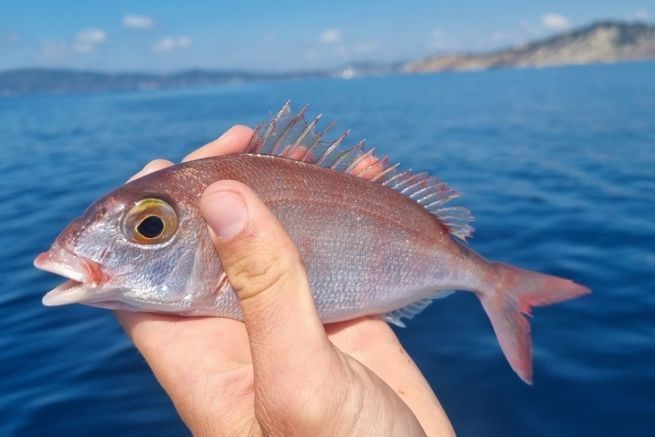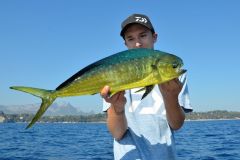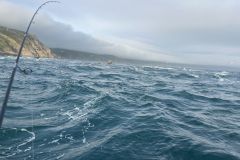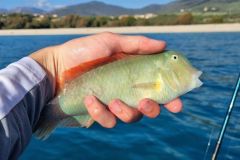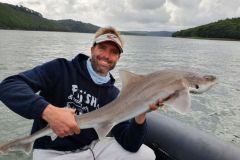Presentation of the acarnate pageot
Its scientific name is Pagellus acarne, the acarnate dolphinfish is very present in the Mediterranean and can be found in the Northeast Atlantic, the English Channel and the North Sea. Of the sparidae family, it can be confused with the common and pink pageot. It is sometimes referred to as a "bogue ravelle", "beaux yeux" or "galet" and can be distinguished by its beveled mouth and its black or even red spot on the top of its pectoral fins.
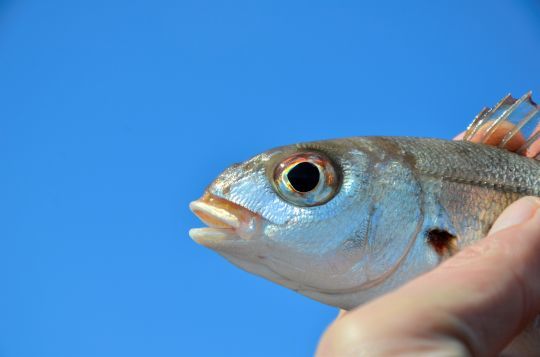
Its streamlined body is silvery pink, its fins are transparent with pink reflections and its fins are sometimes outlined by beautiful orange colors.
Its maximum size rarely exceeds 35 cm, it lives most often in more or less important schools. The acarnate paddlefish evolves on bottoms between 15 and 120 meters, either close to the bottom, or detached from the bottom. It is a fish which appreciates the rock, but also the sand.
Feeding and reproduction
The acarnate pageot feeds mainly near the bottom on various crustaceans, worms, small mollusks or even small fish. Its mouth is rather fine and comprises many small teeth.
The reproduction period coincides with the summer period in the Mediterranean. The acarnate paddlefish is first male during these first two years, then it becomes female, it is called a hermaphroditic protander species.
The fishing of the acarnate pigeon
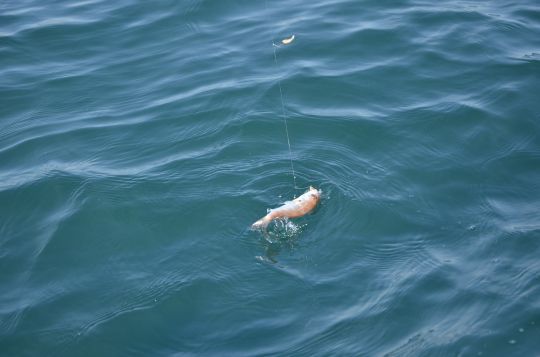
The acarnate paddlefish is a common catch of boat-based longline and support fishermen. It is one of those species frequently encountered when looking for rock fish with bait. It can be fished with specific mounts dedicated to support fishing. Different types of worms, pieces of shrimps or shells, allow to target this omnivorous and opportunistic fish.
Note that in the Mediterranean, there is a regulatory size of capture which is 17 cm and it is not uncommon to catch juveniles from the shore.

 /
/ 